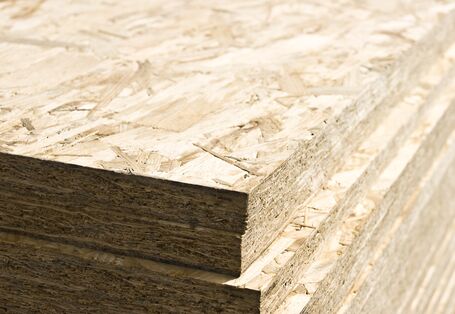Formaldehyde emissions: Test conditions for wood-based materials
Even today, harmful formaldehyde from wood-based materials and other products is still offgassing into indoor air. Low-emission products are now more important than ever, as, for energy-conservation reasons, new and renovated buildings are more air-tight now than they used to be. The German Environment Agency (UBA) has achieved, that the test conditions have been adapted to the state of the art.






